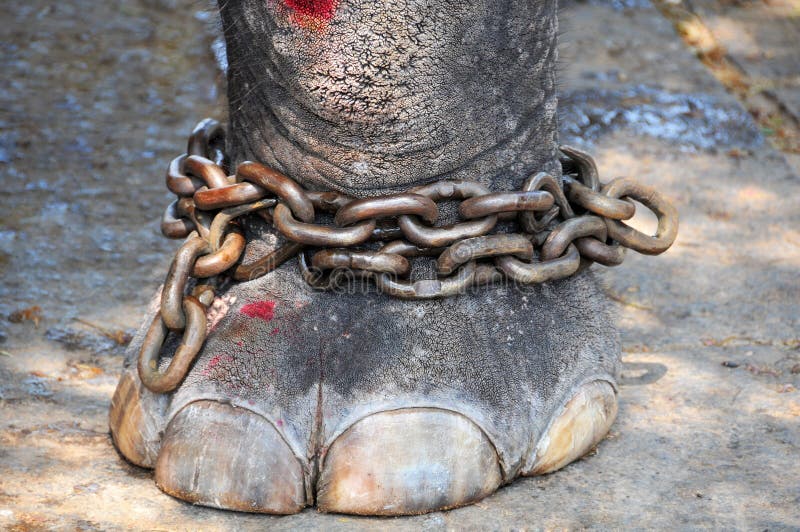How do you eat an elephant USC BIM BOP Lecture on July 12 PROVING Biology Diagrams A food web diagram illustrates 'what eats what' in a particular habitat. Pictures represent the organisms that make up the food web, and their feeding relationships are typically shown with arrows. The arrows represent the transfer of energy and always point from the organism being eaten to the one that is doing the eating. Trophic levels

The African elephant food chain is a classic example of a food web, with multiple interconnected pathways and organisms playing different roles. It can be broadly categorized into trophic levels: 1. Producers: The Foundation of Life. At the base of this food chain lie the producers, primarily plants. These are the primary source of energy for The third level of the food web shows the first level of consumers in the habitat, organisms that eat the autotrophs. Here, you will notice the Borneo Pygmy Elephant because it an herbivorous animal. Next, there is another level of consumers, these are the secondary consumers who eat the primary consumers and in a way, the primary producers also. Grass → Elephant → Lion → Hyena; Algae → Zooplankton → Trout → Heron → Bald Eagle; Food Chain Diagram. Trophic Levels. Trophic level refers to the sequential stages in a food chain, starting with producers at the bottom, followed by primary, secondary, and tertiary consumers. Every level in a food chain is known as a trophic

African Grassland (Savanna) Food Web Biology Diagrams
This interaction fosters a vibrant ecosystem where different species can coexist and thrive, demonstrating elephants' vital position in the food chain. The Effects of Elephant Decline on the Food Chain. Regrettably, elephant populations have been declining due to habitat loss, poaching for ivory, and human-wildlife conflict. Process, Value chain and System analysis tools. Creately for Education A visual workspace for students and educators. Use Cases. Whiteboarding & Collaboration Cycle Diagram; Data Flow Diagram; Data Flow Diagrams (YC) Database Diagram; Deployment Diagram (UML) Entity Relationship Diagram; Family Tree; Fishbone / Ishikawa Diagram; Flowchart; tropical grass 1st CONSUMER 2nd CONSUMER DECOMPOSER Food Chain of an African Elephant lion ROAR!!!! PRODUCER energy transfer energy transfer african elephant dung beetle energy transfer energy transfer

Elephants play an instrumental role in the animal food chain. Elephant calves, the sick and old members are potential prey to large predators like lions. the continued existence of elephants in the animal food chain promotes the thriving of different organisms, considering the presence of various dynamic relationships. Cite This Page. APA7

Food Chain & Nutrition Biology Diagrams
The African Elephant's Food Chain As seen in the diagram above, the elephant eats the plant and then the lion eats the elephant. The Digestive System The Digestive System is the body system that makes food absorbable into the body and collects nutrients from foods. The Mouth This is an African Savanna Food Web.See if you can identify all the parts of the food web that make this a functioning, healthy ecosystem. Look for: The Producers - the trees, shrubs and grass.. The Primary Consumers - the zebras and elephants.. The Secondary Consumers - the cheetah, hyena.. The Scavengers - the termites, vultures and hyena.. The Decomposers or Detritivores - mushrooms
